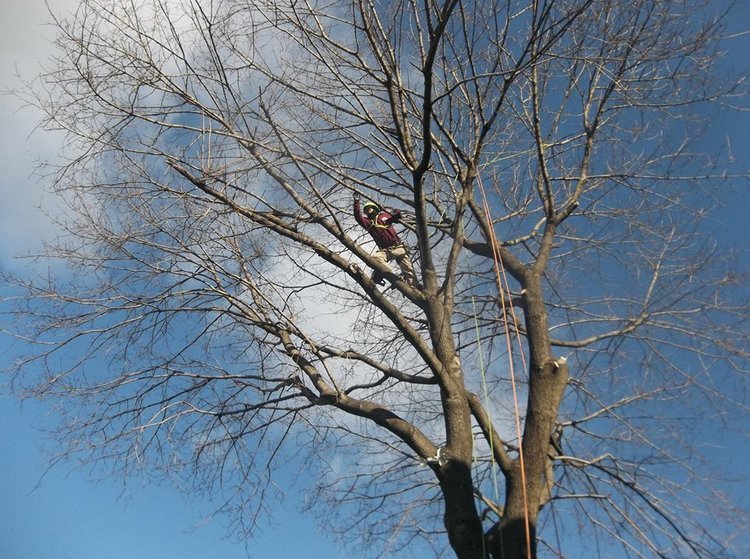Common Tree Diseases an Arborist Can Help Treat and Prevent in Fishkill, NY
The next time you’re enjoying your Fishkill, NY, landscape, take a moment to appreciate what trees offer you and your family. Trees clean the air, provide shade that blocks harmful UV rays, and increase property value. Trees also benefit us emotionally, economically and environmentally. As such a valuable part of the home, they deserve attention from time to time. Therefore, ensure your trees are regularly attended to by an arborist.
Related: Essential Summer Tree Service to Keep your Green Giants Healthy
Tree disease prevention begins with a comprehensive arborist inspection of your landscape. During inspection, the arborist is able to determine the overall health of the landscape and recommend the right treatment in case of infection, which can improve the condition of your trees and shrubs and preserve the vitality of your yard. By learning the early warning signs of disease, fungus and other pest infestation, you’ll be better armed to call in professional help before it’s too late.
Needle Cast Disease
Needle cast disease is a common tree disease that can cause severe and lasting damage to many varieties of evergreen trees. Some of the tree species targeted by the disease include Colorado blue spruce, white fir, Douglas fir and cedar. Mild temperatures and spring rain promote the growth and spread of the disease. Signs and symptoms of the attack may first show on lower interior branches, where needles will look purple to yellow before browning and dying. The symptoms gradually progress from the base of the tree to the crown and outer stems. Proper nutrition, watering and pruning can help prevent infection.
Related: How Often Does My Evergreen Tree Need a Service?
Dutch Elm Disease
Bark beetles are notorious for spreading this disease between sick and healthy trees. It is critical that infected trees are removed from the landscape and ground into wood chips. This stops the beetles from spreading. Treatment for Dutch elm disease includes preventive fungicide injections that help protect trees for two to three years. Proper pruning with combined treatment helps provide additional protection.
Sphaeropsis Tip Blight
Sphaeropsis tip blight is a fungal tree disease commonly affecting Austrian pines, ponderosa pine, and mugo pine. This disease thrives on well-established plantings as well as those facing stress. Signs and symptoms include browning and stunting of the current year’s growth, which after several consecutive years stunts the tree’s entire growth. The symptoms start appearing on lower branches, eventually making their way towards the crown. Proper care and maintenance help to prevent the infection.
Armillaria Root Disease
Armillaria root disease affects the top growth first, though it starts the attack from the roots, resulting in slowed tree growth, branch dieback, and root rot. It affects hundreds of tree species and shrubs, especially those under stress. One of the causes is fungi that live as parasites on woody material. The best prevention is to keep trees healthy when they are young with frequent maintenance. Older trees will survive if they have been well maintained throughout their life.
Related: Why You Should Invest in a Regular Professional Tree Service Plan
Fruit Tree Diseases
Blights, scabs, leaf spots, rots and rusts are some of the fruit tree diseases affecting species of apple, peach, plum, nectarine, cherry, and pear trees, amongst others. These tree diseases affect stems, leaves, and, of course, the fruit. For the best results, fruit tree diseases need to be identified and treated by highly trained arborist at the appropriate time.

